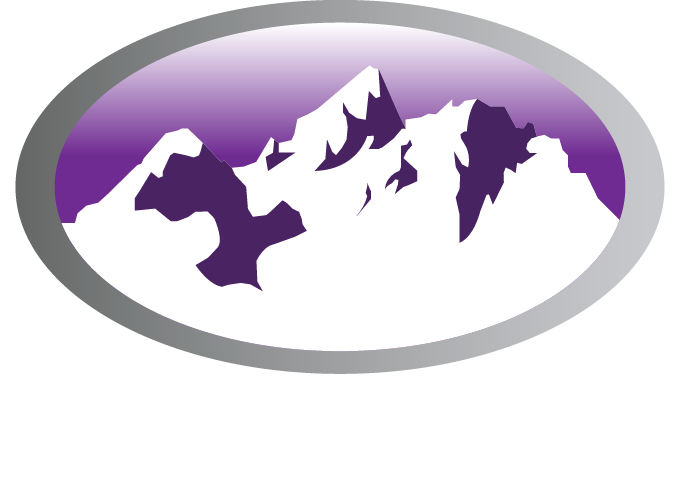
“You know you’re still within our lands when you hear our Cree language being spoken. When it becomes no more, then you know you’re out of our territory.”
-As’in’î’wa’chî Ni’yaw Elder
Ancestral Lands
We have never surrendered Aboriginal rights and title to our lands.
Although, the resource sector and government continue extracting resources from our territory without our consent, our people have a vision.
“A land base is seen as essential for the long-term survival and betterment of our nation. The absence of a land- and resource-base is the source of poverty which exists amongst our people today. Total control of our own land and resources will generate economic development to create employment. The Kelly Lake community is located within Treaty 8 territory. It is time that negotiations proceed. This community is ready to pave the way for other communities similar to ours to follow."
— Chief Kwarakwante Cliff Calliou
Traditional Territory
Our people never placed boundaries over their territory. They followed the seasonal rounds for hunting, fishing, gathering and trapping, and built camps in strategic locations to support their survival.
The traditional territory of the As’in’î’wa’chî Niyawak encompasses, but is not limited to, the tributaries where the Fraser River meets the Athabasca River to the north where the Smoky meets the Peace River, east to where the Peace meets the Mackenzie River (Williston Lake). These tributaries served as a trading corridor with other tribes such as the Sekani, Ktunaxa and Shuswap tribes.
Our territory extends into parts of northern BC and Alberta some 40,000km2, including Jasper National Park.
Kelly Lake, BC
At the heart of the Kelly Lake Cree Nation’s traditional territory is the community of Kelly Lake. Located in the eastern foothills of the Rocky Mountains, 1.6 kilometers inside the British Columbia border, 80 kilometers south of Dawson Creek, British Columbia via Highway 2 and Highway 52, and 75 kilometers west of the nearest city Grande Prairie, Alberta.
The territory of the Nation extends within the boundaries of the Province of British Columbia, bounded on the north by the Peace River, on the west in British Columbia by the Rocky Mountains, on the south by the boundaries of Treaty 6 and Treaty 8, and on the east in Alberta by the sixth meridian.




